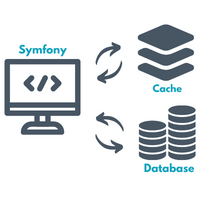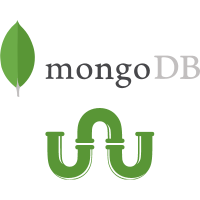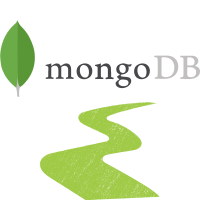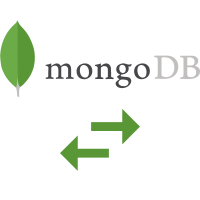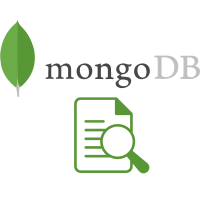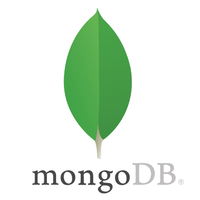Pagination in MongoDB: efficient retrieval and display of data
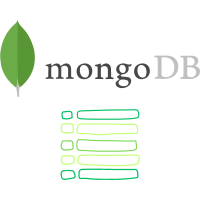
Pagination is a crucial aspect of modern web applications that deal with large datasets. When working with MongoDB, a popular NoSQL database, efficient pagination techniques become essential to retrieve and display data in a controlled manner. MongoDB provides various features and functions to achieve efficient pagination. In this article, we will examine these concepts, exploring how they can be used to implement pagination effectively in MongoDB.
